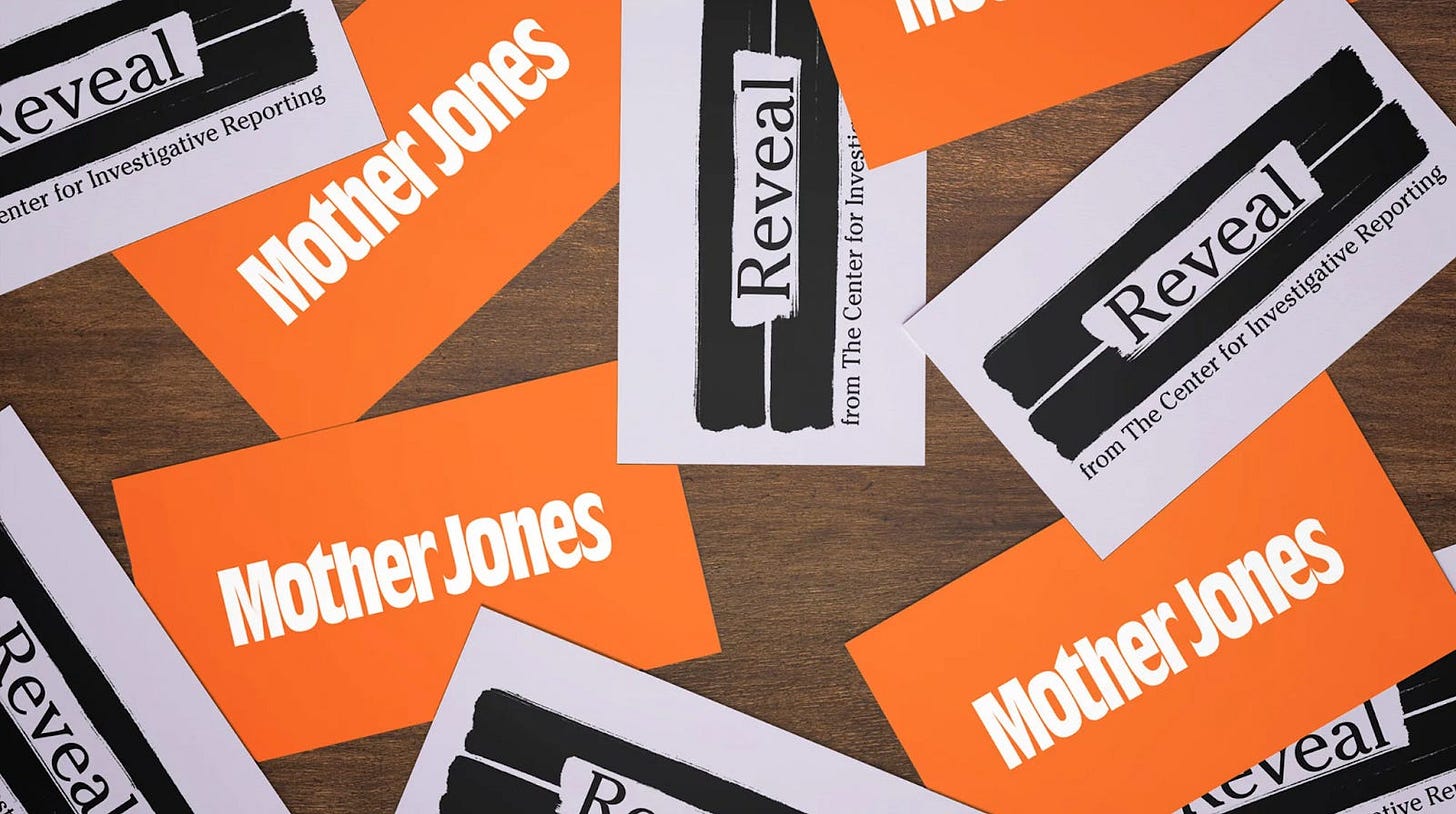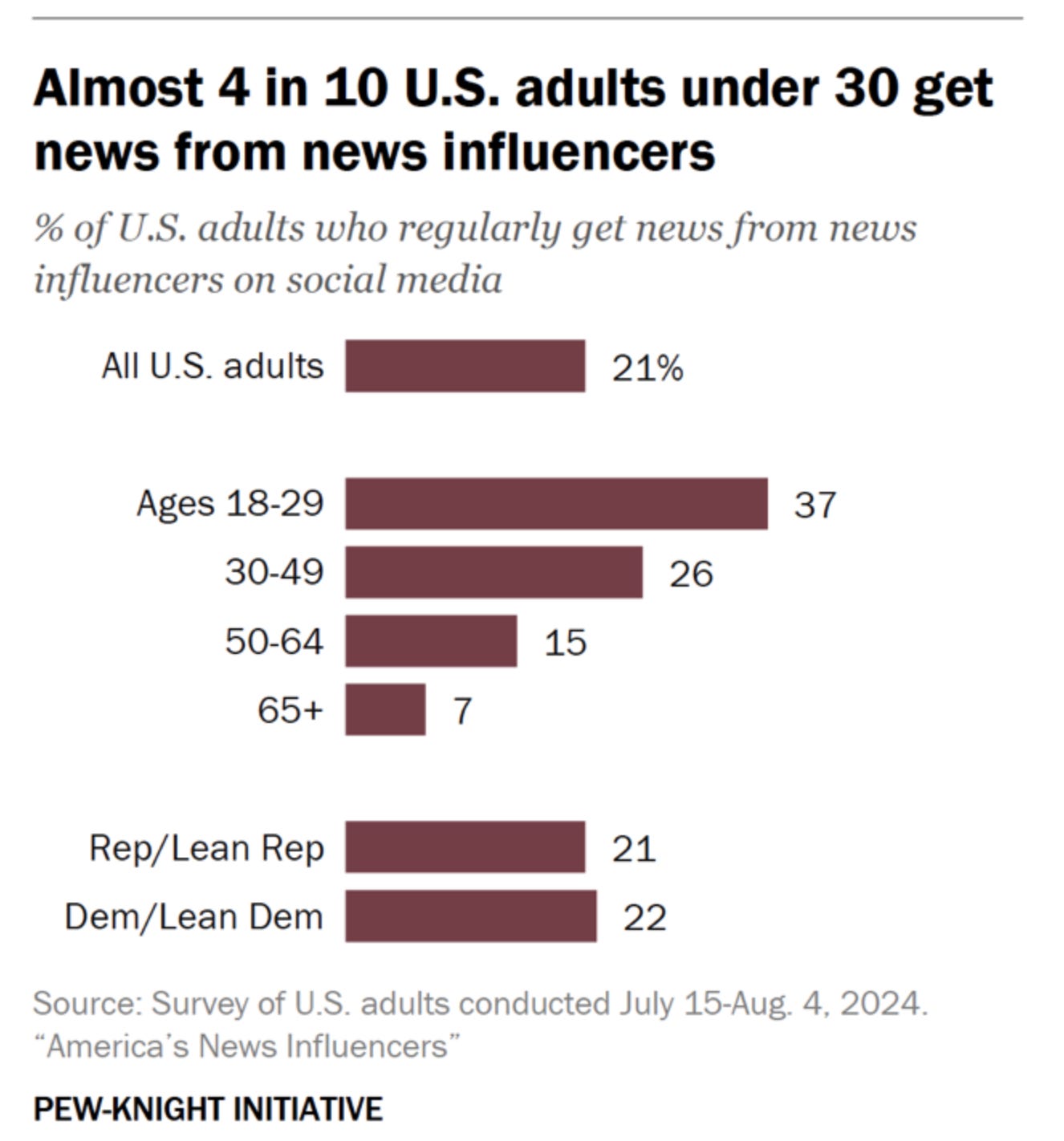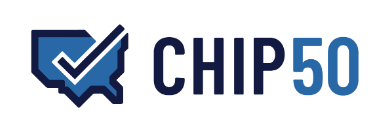Press Forward grants, big policy wins highlight 2024 trends
Hopeful directions include newsroom expansions to news deserts, large gifts to J-schools

During the holiday season, it’s time for us to take a breath, relax and consider the eventful year that’s coming to a close. So let’s look at the top trends from 2024, and in January we will return with a look at Knight’s priorities for 2025.
Let’s toast the Year of Plenty with a rundown of the most hopeful indicators with an eye on even more positive developments in the new year. 🥂

💵 A banner year for funding local news, led by Press Forward. For all the challenges felt in the local news industry, from news deserts to layoffs, this was a record-breaking year for philanthropy. Do you remember the last time 205 local newsrooms in 50 states received $100,000 grants at one time? No, because it hasn’t happened. The Press Forward coalition of funders didn’t skimp on its first Open Call to close persistent coverage gaps, investing $20 million in newsrooms, 40% of which are led by people of color, 25% serving rural communities and including eight newsrooms on college campuses. Plus, with aligned funding by foundations such as MacArthur and Knight, the total amount invested by Press Forward in year one came to a whopping $170 million. And the coalition is not resting on its laurels; there is another Open Call for infrastructure grants now open, with plans to invest another $20 million.
🎊 Big policy wins come in New York, Illinois and California. Just a few years ago, it felt like public policy supporting local news might be a long shot outside of New Jersey and New York City. But 2024 was a watershed year for public policy for local news, with three states leading the way. New York State passed a tax credit bill for $90 million over three years. Illinois passed a tax credit bill for $25 million over five years, along with funding a scholarship program and requiring a notice of sale for any local outlet being sold to an out-of-state company. And California advanced its bold SB 1327 bill to tax tech companies to generate $500 million for local news. While the bill passed the Senate, the state ultimately made a deal with Google that promises $250 million for local news over five years. Part of the deal includes a controversial AI Accelerator; you can better parse the numbers with this data breakdown from Rebuild Local News.
🤝🏽 Nonprofit newsrooms merge, expand to cover news deserts. In 2023, nonprofit newsrooms came into their own, with large startups launched in Indiana and Ohio. They were joined this year by one in Los Angeles and another recently in Tulsa, funded in part by the American Journalism Project (AJP). But this has also been a year of mergers and expansions for the larger nonprofit newsrooms. Mergers include tie-ups between Mother Jones and the Center for Investigative Reporting, CalMatters and The Markup, and Wisconsin Watch and Milwaukee Neighborhood News Service (and a recent one in Montana detailed below). And then, in a different vein, the AJP has funded four nonprofits who are expanding to cover news deserts in Texas, Virginia, Colorado and Utah. Meanwhile, Knight launched its Growth Challenge Fund to help six nonprofit and for-profit newsrooms expand and help fertilize news deserts.
⭐ Bright spots fill the map as revenues increase. Yes, it’s true that Medill’s State of the Local News Report showed continued weakness in legacy media, with 130 newspapers shutting down. But they also found that there was a net increase of 80 digital-only news outlets, and featured 12 locally owned “bright spots” around the country. Plus, there are signs that independent and nonprofit newsrooms are stabilizing their business models. For instance, LION Publishers, now with nearly 600 members, reported that members had a median annual revenue increase of 15% in the past year, with philanthropy gaining as a revenue stream. Also, the Institute for Nonprofit News (INN) reported that 68% of its BIPOC-led newsrooms had an increase in philanthropy last year and 44% had an increase in grants for general operating support. And the INN Index noted that “the sky is not falling,” with its members seeing 22% growth in revenues last year and total membership growing 11%.
🎁 Transformative gifts to journalism schools in New York and Berkeley. Alongside the philanthropic investments in local news outlets this year, there was also some impressive philanthropy directed to journalism schools. Craig Newmark, founder of Craigslist, gave a $10 million gift to CUNY’s Newmark Graduate School of Journalism, with the intention of helping the school go tuition-free by 2027. And the Jesse Ball duPont Fund gave $10 million to endow the Alfred I. duPont-Columbia University Awards in journalism. Those awards recognize the best public service journalism in audio, video, broadcast, documentary and online. Also notable was the $10 million gift to UC Berkeley’s Graduate School of Journalism from David Filo (co-founder of Yahoo) and Angela Filo (a Berkeley journalism alumna). The gift is the largest in the school’s history and is aimed at helping it raise $54 million over five years, promoting debt-free graduation for students.
🦾 More news publishers make deals with AI companies. While some publishers have sued AI companies for copyright infringement, even more are making deals with the tech companies to license content and more. OpenAI and Microsoft have been the most busy, with partnerships with CUNY and its AI Journalism Labs, the Online News Association and its AI trainings, and an AI track for Report for America. Those build on partnerships with the AP and AJP from last year. Plus, Perplexity announced revenue-sharing deals with the Texas Tribune, Der Spiegel, Time magazine and others. Not to be left out, Meta announced a multi-year deal with Reuters to use its content and provide real-time answers to questions about news in its chatbot. It will be interesting to see how AI licensing and use in newsrooms continues to evolve in 2025.
Other news around the horn…
Expansion
🤝🏽 LMC, RJI partner to expand Digital on Demand Services. There are quite a lot of journalism support organizations these days (just check out the jam-packed infrastructure wheel), but they sometimes work in silos. So it’s great to see the Local Media Consortium (LMC) and Reynolds Journalism Institute (RJI) partnering to strengthen digital transformation services for local news publishers. With a $2.5 million investment from Knight Foundation, the partnership will help expand the Digital on Demand Services (DODS) program that will offer a help desk for publishers, along with an RJI Learning Center with curated content and training, including on-demand development and tech resources from LMC. The funds will be used for staff, for building out the online marketplace and to subsidize services for small and medium-size publishers, including BIPOC-led or -serving newsrooms. “We are so grateful to have support from Knight Foundation,” said Fran Wills, CEO of LMC. “The LMC’s digital business and technical expertise, combined with RJI’s content creation and curation skills, is ideal to lead this project.”
⛰️ Montana Free Press acquires Mountain Journal. Nonprofit news mergers continue to spread across the country, this time to the Rocky Mountain West of Montana. The Montana Free Press recently announced a strategic acquisition of fellow Montana nonprofit Mountain Journal (MoJo), which covers the “Greater Yellowstone” region. By joining forces, the two publishers aim to expand audiences, diversity revenues and deliver coverage that can inform policy issues in the region. The newsrooms and websites will remain separate, but they plan to collaborate on stories in the future. “This acquisition will enable us to broaden our coverage areas, increase our investigative capabilities, and ultimately deliver more meaningful stories that resonate with our audiences,” said MoJo managing editor Joe O’Connor.
📺 Spotlight PA partners with five local TV stations. Most of the talk around nonprofit newsrooms is how they might help replace failing metro newspapers, but one unexplored move is expanding their in-depth reporting to commercial TV. And that’s just what Spotlight PA did recently, with a new partnership with five Nexstar-owned stations in the state. The goal is to turn Spotlight’s investigative reports into TV packages that run during local newscasts, starting with election coverage. Future coverage will include the state Capitol, government accountability, caregiving and rural issues. Plus, the stations will also run promos for Spotlight PA and its nonprofit mission. “Once again, Spotlight PA is blazing a bold new path for trusted, nonpartisan investigative and public-service journalism in Pennsylvania,” wrote Spotlight PA CEO and president Christopher Baxter. “Its nonprofit model prioritizes quality reporting in service to you—not profit motives, advertisers or billionaire owners.”

🎲 The $150 million bet on the Atlanta Journal-Constitution. Atlanta Journal-Constitution (AJC) president and publisher Andrew Morse is a true contrarian. As most metro newspapers assume the fetal position while withering away, Morse is taking his Cox Enterprises ownership’s $150 million investment and making a bold play for 500,000 subscribers, which would quintuple current numbers. How will he pull it off? As the former CNN exec told NPR’s David Folkenflik, he started by literally rebuilding the newsroom into a state-of-the-art facility in midtown with podcasting, streaming video and live event space. Morse sees political coverage as key, along with sports, food, culture and Black life. That last topic was turned into the member site Unapologetically ATL and garnered 5,000 members in the first few weeks. Morse has ruffled feathers by joining editorial meetings, usually not the domain for publishers. He’s also adding 100 new employees by year end. Folkenflik asked six industry execs for their take on Morse’s odds for success. “I anticipated at least some skepticism,” he wrote. “Five said they thought Morse stood a pretty good chance…all six said they were rooting for him.”
Research
🗣️ News influencers trend toward male, Republican and X. Let’s play a game of “connect the dots.” According to a recent Pew-Knight Initiative survey, 37% of Americans aged 18 to 29 get their news from news influencers (defined as people who post on social media about current events and have at least 100,000 followers). And 85% of news influencers have a presence on X, while 63% are male, with more identifying as conservative (27%) than liberal (21%). So, why did young men turn out in droves for Donald Trump? This might provide a clue. Also, those regularly getting news from news influencers were more likely to be Hispanic (30%), Asian (29%), Black (27%) and have lower incomes (26%), while whites (17%) and those with higher incomes (16%) didn’t rely as much on these sources. Plus, 77% of the influencers themselves were not associated with news outlets. One platform that stands out for news influencers is TikTok, where the influencers are more female, more liberal and more likely to support LGTBQ+ rights.
Open Call
Press Forward: Open Call on Infrastructure will award $20 million to strengthen the infrastructure of local news. U.S.-based journalism support organizations and newsroom-led coalitions and collaborations are eligible. All lead applicants must be 501(c)(3) nonprofit organizations. Register for a webinar to learn more on December 17 at 4 pm ET.
Jobs
Report for America, Chief Development Officer and additional positions
Learn more here.
Online News Association, Executive Director/CEO
Learn more here.
Los Angeles Local News Initiative, CEO, Executive Editor and additional positions
Learn more here.
EdSource, Director of Operations
Learn more here.
The Signal Network, Legal & Support Manager
Learn more here.
Fellowships
California Health Equity Fellowship
USC Annenberg
$2,000 to $10,000 grant plus intensive training
Apply by December 18
Harvard University
$85,000 stipend for school year
Apply by January 31, 2025
University of Michigan
$85,000 plus $5,000 to cover relocation costs
Apply by February 1, 2025
University of Missouri
Residential ($160,000) and Non-Residential ($30,000)
Apply by February 4 & 7, 2025
Upcoming Events 📅
Knight Media Forum
Miami
February 18–20, 2025
International Symposium for Online Journalism (ISOJ)
Austin
March 27–28, 2025
International Journalism Festival
Perugia, Italy
April 9–13, 2025
Collaborative Journalism Summit
Denver
May 15–16, 2025
Lenfest News Philanthropy Summit
Philadelphia
May 20–22, 2025
Quote of the Week
“[For voting information on the 2024 elections], Democrats and independents are more likely to rely on news media (29%), whereas Republicans more often get information from friends and family (34%). Local media serve as the main election information source for 8% of Americans, while national media are preferred by 17%. Three quarters of Americans identify sources other than the news media as their main way of staying informed about the 2024 election.”
—Civic Health and Institutions Project, a 50 States Survey (CHIP50), a multi-university collaboration, from 2024 U.S. Elections: Sources of News and Information
News @ Knight Credits
Written by Jim Brady, with Mark Glaser
Edited by Jim Brady, Jessica Clark, Nina Spensley and Kara Pickman







